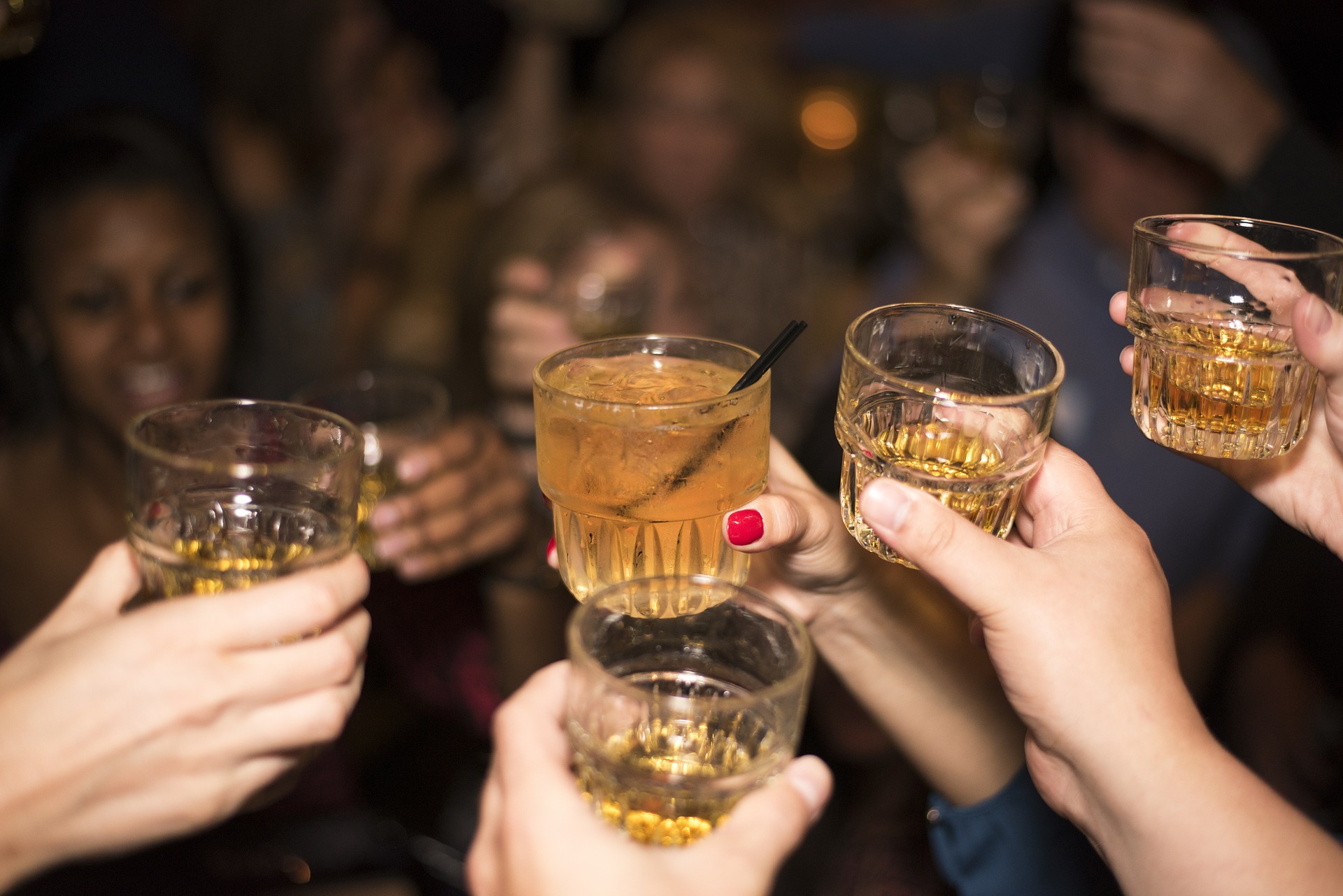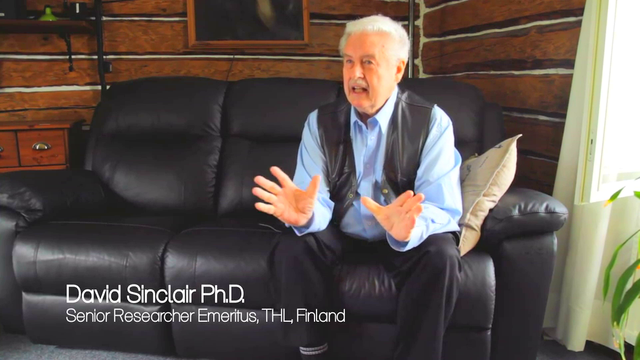What is The Sinclair Method, why should you care?
In short The Sinclair Method or TSM is a way of treating Alcohol Use Disorder AUD by employing pharmacological extinction. It is not theoretical since I have used it, TSM is a simple process of doing something totally opposite from what the 78 years of 12-step program treatment teaches. It's summed up in this formula Nal(trexone) or Nal(mefene) + Alcohol = Cure, strong words, extraordinary claims? Not really, it's just science and using the bodies own ability to heal with the help of an opiate blocker.

Before I continue a disclaimer:
I'm not a medical professional, the opinions expressed here are for educational and informational use only. I am not expressing ideas that should be used to diagnose, treat or prescribe for any disease or illness. Always seek professional medical advise from your doctor. Alcohol Use Disorder is a serious condition, if it's chronic quitting cold can lead to potentially fatal seizure from 3 - 7 days after the last drink. Opiate blockers are serious medicine that if taken while using opiate pain medication or street opiates will cause a rapid detox with potentially life threatening results.
Remember: Be Safe, Be Smart ask your doctor.
So TSM was developed by an American Doctor, John David Sinclair Here is his Definitive Statement on The Sinclair Method.

This is the link to the text from the C Three Foundation:
Definitive Statement
The Sinclair Method (TSM) uses the nervous system’s own mechanism, called “extinction”, for gradually removing the interest in alcohol and the behaviors involved in alcohol drinking. Therefore, the technical term for TSM is “pharmacological extinction.”
The key scientific discovery underlying the treatment was that, contrary to earlier beliefs, detoxification and alcohol deprivation do not stop alcohol craving but in fact increase subsequent alcohol drinking[1],[2]. The old idea that alcoholism is caused by physiological dependence on alcohol, therefore, needed to be discarded, and a new understanding of alcoholism developed.
Subsequent research showed that alcohol drinking is a learned behavior[3]. Some individuals, partly for genetic reasons, get so much reinforcement each time they drink, and have so many opportunities to drink and get reinforcement, that the behavior becomes too strong. They cannot always control their drinking; they cannot “just say ‘no’.” And society calls them alcoholics.
Laboratory studies indicated that in most cases, the reinforcement from alcohol involved the opioid system, i.e., the same system where morphine, heroin, and endorphin produce their effects.[4]
The brain has two primary mechanisms for changing its own wiring on the basis of experience. First, there is learning for strengthening behaviors that provide reinforcement. Second, there is extinction for removing behaviors that no longer produce reinforcement. The best known example involves Pavlov’s dogs that learned to salivate to the sound of a bell when the bell was followed by food, but then had the learned behavior extinguished when the food reinforcement was no longer given after the bell was rung.
Certain medicines, such as naltrexone, naloxone and nalmefene, block the effects of endorphin and other opiates. I reasoned that if alcohol is drunk while one of these opioid antagonists is blocking endorphin reinforcement in the brain, the extinction mechanism would be activated, and it would then produce a small but permanent decrement in alcohol drinking and craving. The next day, the person would be slightly less interested in alcohol. Eventually control would be regained, and the person would no longer be an alcoholic; indeed, they no longer would be interested in alcohol[5].
The Sinclair Method was confirmed, first in a large body of laboratory studies[6], then in over 90 clinical trials around the world[7],[8],[9], and most recently in personal reports by people using it[10]. It has been found to be successful in about 80% of alcoholics. This is very high for alcoholism treatment, but the treatment is not for everyone: some people apparently have a different form of alcoholism that does not involve the opioid system and cannot be treated effectively with opioid antagonists.
The Sinclair Method is simply taking an opioid antagonist before drinking. Naltrexone, naloxone, and nalmefene are not substitution drugs similar to methadone for heroin addiction or Nicorettes™ for nicotine addiction. The opioid antagonists are not addictive, and they do not directly reduce craving for alcohol. And unlike disulfiram, the opioid antagonists do not produce an unpleasant aversive effect. Indeed, the opioid antagonists do not do anything until after endorphin has been released. Then the mechanism of extinction is triggered, and the extinction mechanism in turn progressively but permanently removes the neural cause for excessive drinking.
John David Sinclair, Ph.D., Researcher Emeritus
[1] Sinclair, J.D. and R.J.Senter. Increased preference for ethanol in rats following alcohol deprivation. Psychonomic Science 8: 11‑12, 1967.
[2] Sinclair, J.D. The alcohol‑deprivation effect: Influence of various factors. Quarterly Journal of Studies on Alcohol 33: 769‑782, 1972.
[3] Sinclair, J.D. Rats learning to work for alcohol. Nature 249: 590‑592, 1974.
[4] Sinclair, J.D., J.Adkins, and S.Walker. Morphine‑induced suppression of voluntary alcohol drinking in rats. Nature 246: 425‑427, 1973.
[5] Sinclair, J.D. Method for Treating Alcohol‑Drinking Response. USA patent 4,882,335 Nov. 21, 1989.
[6] Sinclair, J.D. Drugs to decrease alcohol drinking. Annals of Medicine 22: 357‑362, 1990.
[7] Heinälä, P., H. Alho, K. Kiianmaa, J. Lönnqvist, K. Kuoppasalmi, and J. D. Sinclair. Targeted use of naltrexone without prior detoxification in the treatment of alcohol dependence: A factorial double-blind placebo-controlled trial. Journal of Clinical Psychopharmacology: 21(3): 287-292, 2001.
[8] Sinclair, J.D. Evidence about the use of naltrexone and for different ways of using it in the treatment of alcoholism. Alcohol and Alcoholism, 36: 2-10, 2001.
[9] Eskapa, R. The Cure for Alcoholism, Dallas, TX: BenBella Books, 2008, 2012.
[10] Christian, Claudia. Babylon Confidential, Dallas, TX, BenBella Books, 2012.
For more information including a physicians directory visit: C Three Foundation
